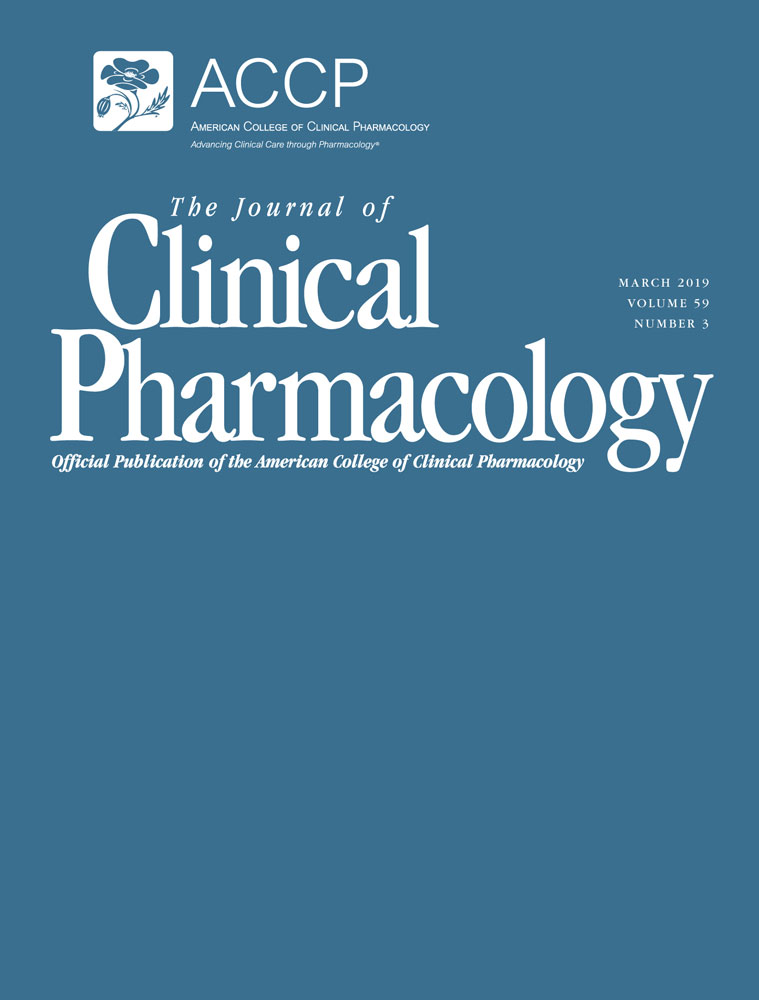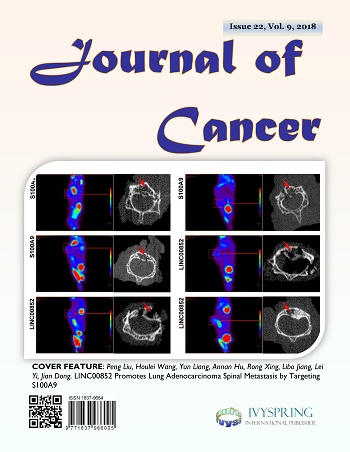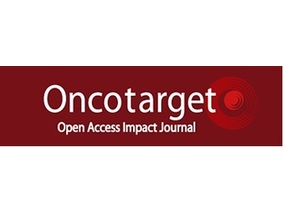
“Cannabidiol (CBD) is a highly touted product for many different disorders among the lay press. Numerous CBD products are available, ranging from a US Food and Drug Administration (FDA)-approved product called Epidiolex to products created for medical marijuana dispensaries and products sold in smoke shops, convenience stores, and over the Internet.
The legal status of the non-FDA-approved products differs depending on the source of the CBD and the state, while the consistency and quality of the non-FDA-approved products vary markedly. Without independent laboratory verification, it is impossible to know whether the labeled CBD dosage in non-FDA-approved CBD products is correct, that the delta-9-tetrahydrocannabinol content is <0.3%, and that it is free of adulteration and contamination.
On the Internet, CBD has been touted for many ailments for which it has not been studied, and in those diseases with evaluable human data, it generally has weak or very weak evidence. The control of refractory seizures is a clear exception, with strong evidence of CBD’s benefit. Acute CBD dosing before anxiety-provoking events like public speaking and the chronic use of CBD in schizophrenia are promising but not proven. CBD is not risk free, with adverse events (primarily somnolence and gastrointestinal in nature) and drug interactions. CBD has been shown to increase liver function tests and needs further study to assess its impact on suicidal ideation.”
https://www.ncbi.nlm.nih.gov/pubmed/30730563
https://accp1.onlinelibrary.wiley.com/doi/abs/10.1002/jcph.1387








 “Parkinson’s disease (PD) is a chronic neurodegenerative disorder characterized by motor symptoms such as bradykinesia, rest tremor, postural disturbances, and rigidity. PD is also characterized by non-motor symptoms such as sleep disturbances, cognitive deficits, and psychiatric disorders such as psychosis, depression, and anxiety. The pharmacological treatment for these symptoms is limited in efficacy and induce significant adverse reactions, highlighting the need for better treatment options.
“Parkinson’s disease (PD) is a chronic neurodegenerative disorder characterized by motor symptoms such as bradykinesia, rest tremor, postural disturbances, and rigidity. PD is also characterized by non-motor symptoms such as sleep disturbances, cognitive deficits, and psychiatric disorders such as psychosis, depression, and anxiety. The pharmacological treatment for these symptoms is limited in efficacy and induce significant adverse reactions, highlighting the need for better treatment options.